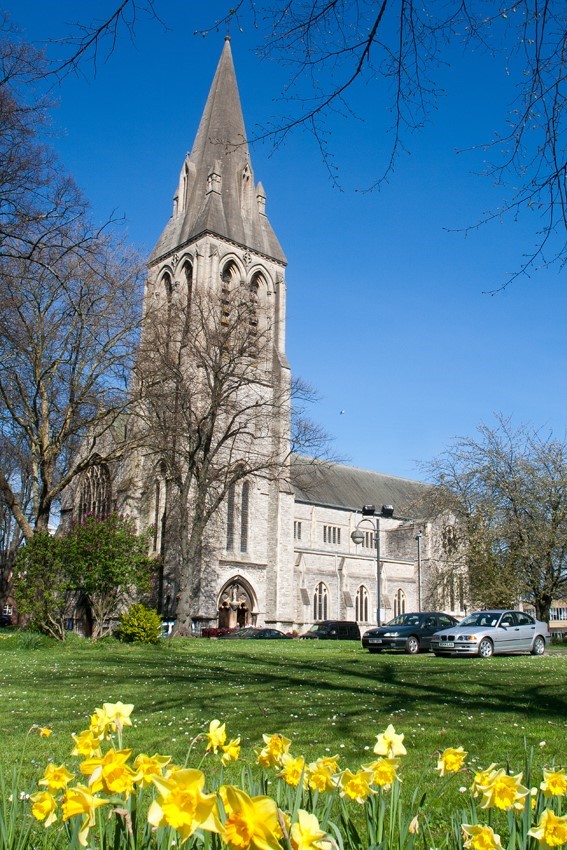The Mayflower and Loughborough – is there a connection?
18 September 2020
The year 2020 marks the 400th anniversary of the voyage of the ship Mayflower from Plymouth to America.
A significant number of the Pilgrims who boarded the Mayflower came from the religious congregations of Separatist Puritans. Fleeing from religious persecution in England, they had settled in Leiden in liberal 17th century Holland. They held Puritan Calvinist religious beliefs but unlike most other Puritans, they believed that their congregations needed to break away entirely from the English state church.
While Mayflower was berthed on the River Thames, 65 passengers went on board in mid-July 1620. The ship then proceeded via the English Channel to the south coast, anchoring off Southampton Water. On 22nd July they were joined by the ship Speedwell bringing Separatist Puritans from Holland.
They set sail in convoy on 5th August 1620, but Speedwell began to leak and both ships sailed into Dartmouth for repairs to the Speedwell. A week later they set sail again and 300 miles from Land’s End, once again Speedwell took on water. They returned to Plymouth. By this time it was early September and Speedwell was declared unfit to sail. So it was that some of the Speedwell passengers joined the Mayflower and some returned to Holland.
With a crew of up to 30 officers and men, Mayflower alone set sail from Plymouth on 6th September 1620*, carrying 102 passengers, of whom about half were Separatists. The ship also carried extensive stores for the voyage and for their future lives – tools, weapons and live animals such as dogs, sheep, goats and poultry. Two small boats were among the cargo.
During the voyage many suffered from seasickness and the ship was hampered and damaged by huge waves, requiring vital repairs to the ship’s main beam. Navigation was by compass. They arrived in America on 9th November 1620, having taken 66 days to cross the Atlantic.
Their aim was to reach the colony of Virginia but strong seas forced them on to Cape Cod, north of their intended destination, and there they anchored on 11th November. While still on board ship, the settlers drew up and signed a document called the ‘Mayflower Compact’ in an attempt to establish legal standing – they pledged to cooperate for the good of the colony.
On 27th November, 34 people set sail in one of the small open boats in an effort to search for a settlement site. Bad weather forced them to spend a night ashore but they were badly equipped to face the freezing temperatures. During that winter the passengers remained on board the Mayflower but disease took its toll. Only 53 pilgrims survived and half the crew died.
In the following spring, huts were built ashore and on 21st March 1621 the Pilgrims disembarked. Six iron cannons were mounted above the settlement for fear of native attack and the Plymouth colony was established. It was to be the second successful English settlement in America, following as it did Jamestown, Virginia, founded in 1607.
The Mayflower connection with Loughborough has five degrees of separation. A Pilgrim on the Mayflower voyage was one William Brewster, thought to be originally from Nottingham. Brewster’s famous descendant was his ninth great grandson, the crooner Bing Crosby who famously sang The Bells of St. Mary’s. The St. Mary’s church in question happens to be St. Mary’s church in Southampton, the bells of which were manufactured here in Loughborough by Taylor’s Bell Foundry.
Loughborough Library Local Studies Volunteers
References:
Wikipedia https://en.wikipedia.org/wiki/Pilgrims_(Plymouth_Colony)
Mayflower 400 https://www.mayflower400uk.org/
*In the old style calendar – the date would’ve been 16th September in the modern calendar.
Find out more about why the Pilgrims decided to start a new life on the other side of the world here.

(Photo: Murgatroyd CC bySA4.0 Wiki Commons)
https://creativecommons.org/licenses/by-sa/4.0/